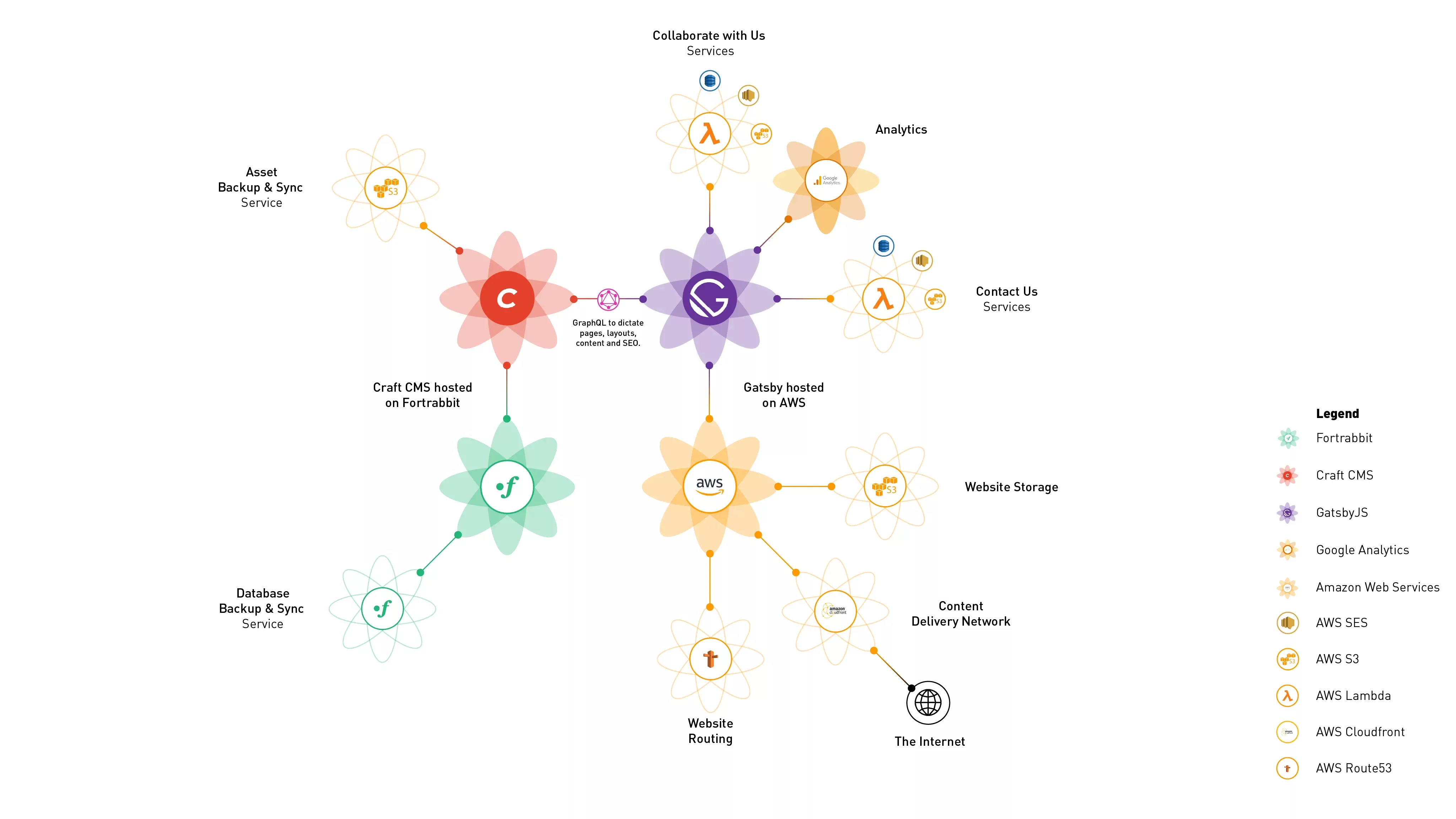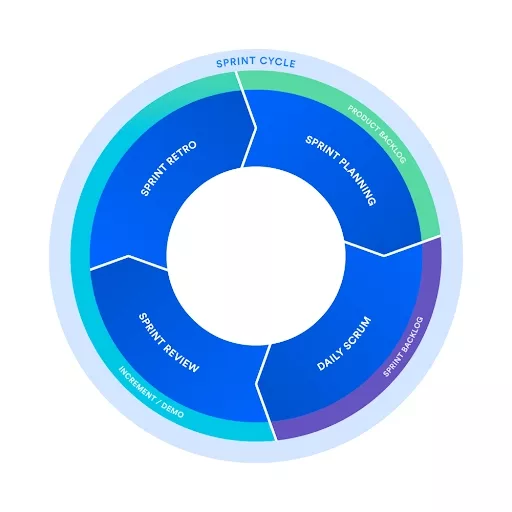Redesign, Refine & Rebuild: Future-proof a Product or Service

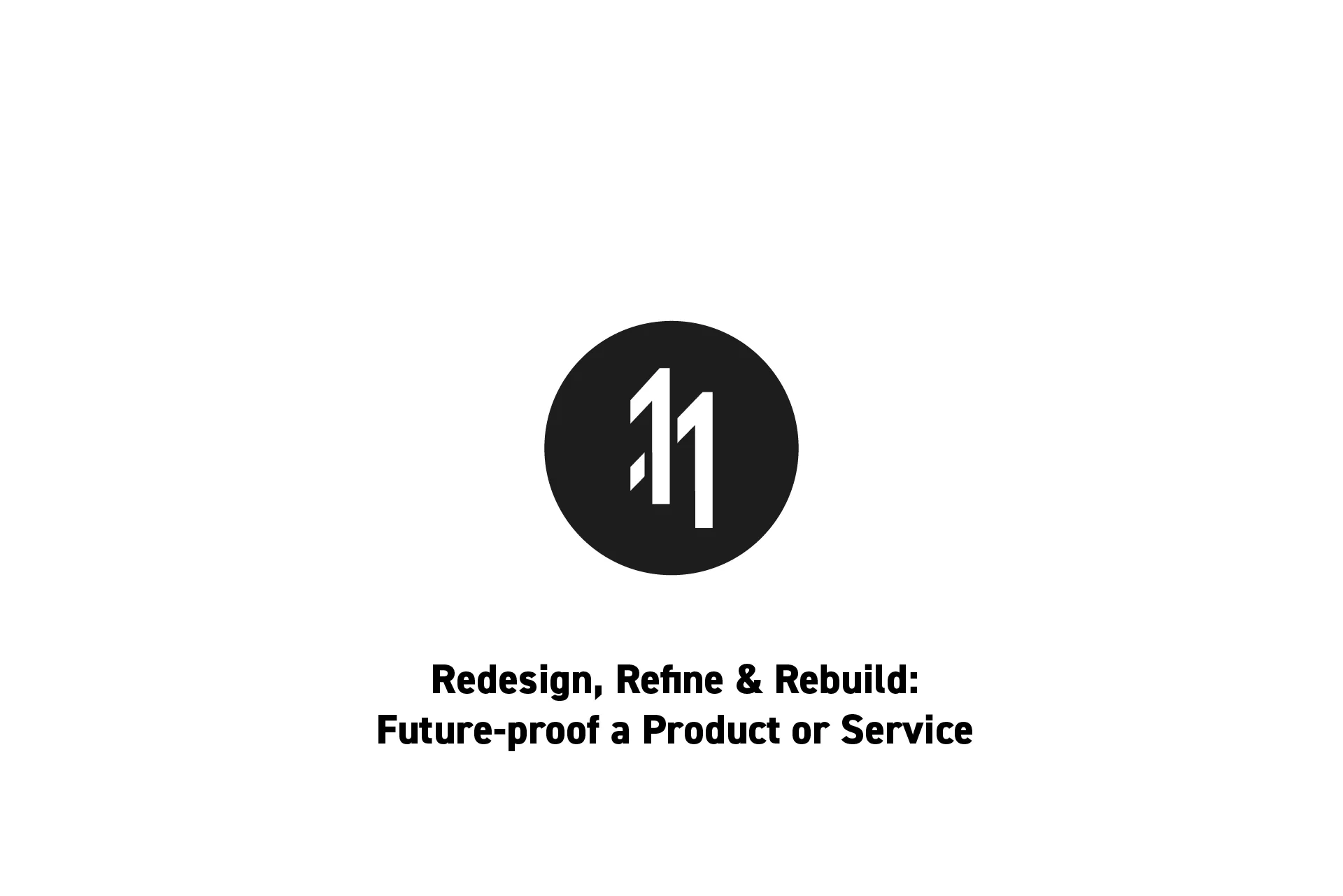
A guide for redesigning, refining and rebuilding a product, service or experience to future-proof it, boost performance and deliver enhanced value.
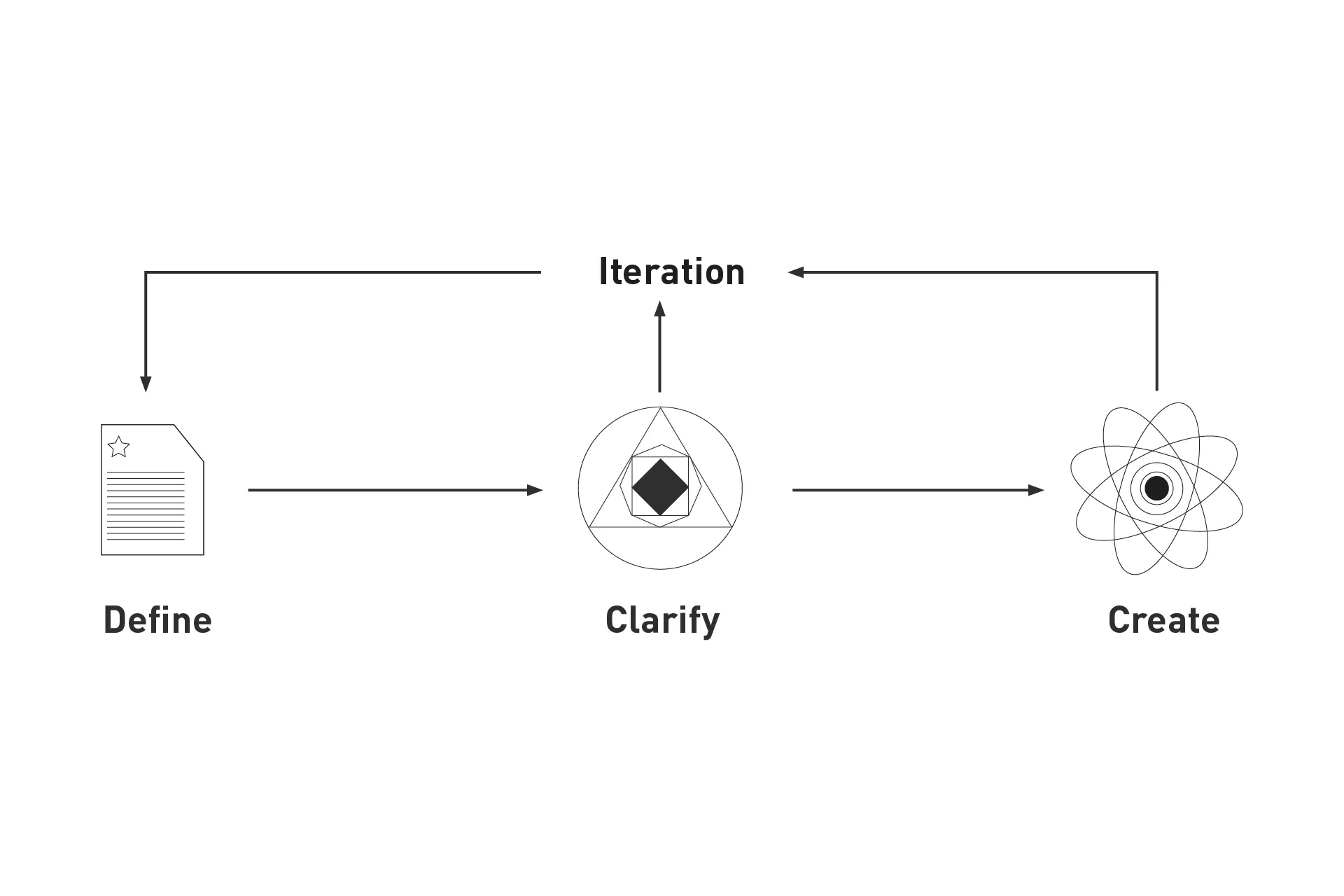
delasign's process
The following guide describes the methods that we use as part of our iterative process and intended for entrepreneurs, companies or individuals that are seeking to redesign, refine or rebuild an existing product, service or experience (i.e. an initiative) in order to future-proof the initiative, boost efficiency, enhance performance or deliver augmented value to a target audience (i.e. customers).
Step One: Map out the existing initiative
Gather or create a document that offers a holistic representation of the existing initiative.
This document must include:
- The target audience.
- The purpose of the initiative.
- Why the initiative is being redesigned, refined or rebuilt.
- The metrics (i.e. lead or lag) that are being employed.
- How it has performed until today.
This document should include one or more of the following artifacts:
If the initiative was well managed, these documents and details should be readily available - if not, you should aim to co-create them through a series of interviews with the initiative's stakeholders (Step Two).
Step Two: Interview the Stakeholders
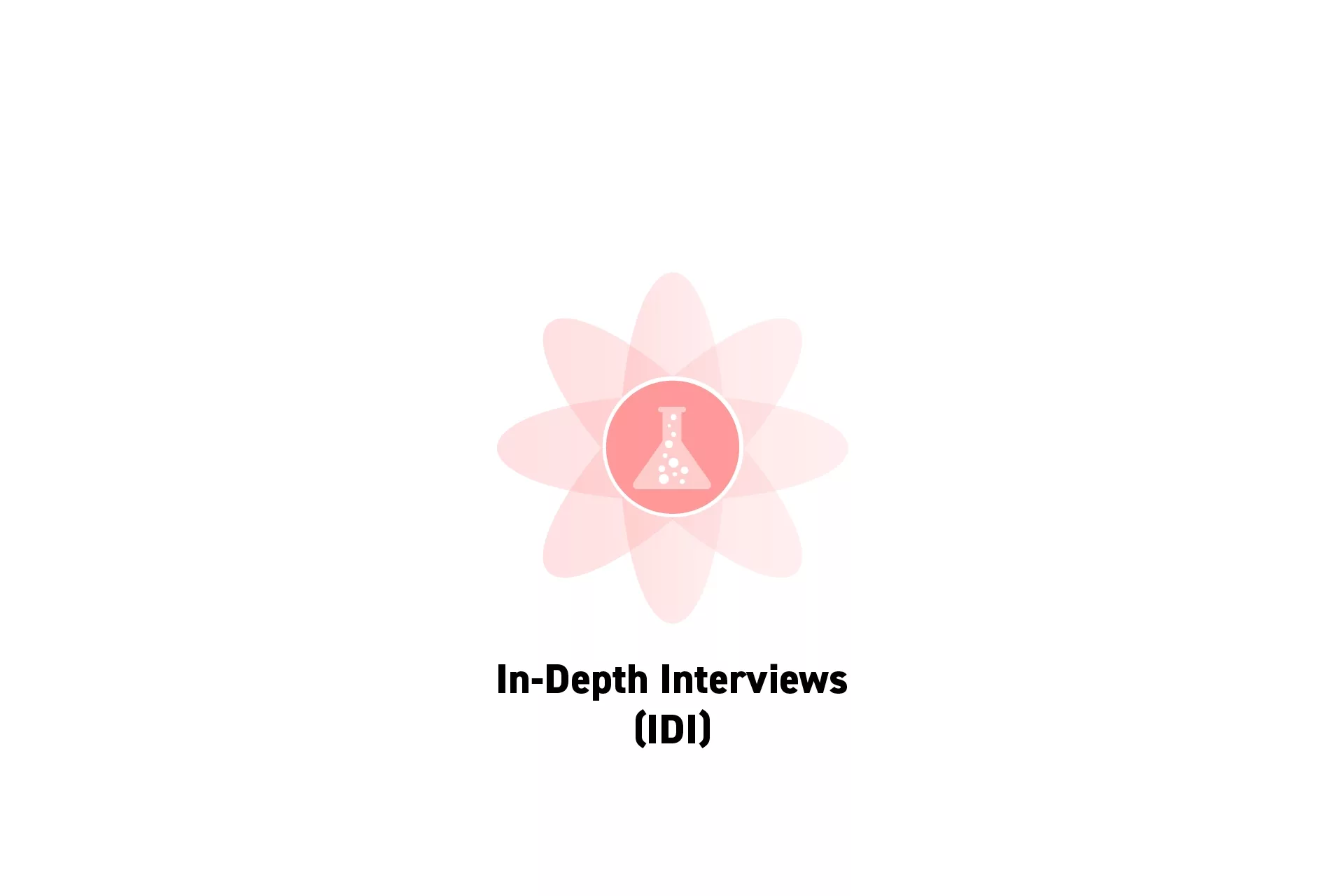
Carry out In-Depth Interviews (IDIs) with the initiative's stakeholders (i.e. leadership, administrators, design, tech and/or the end users) to gather a in-depth understanding of what is missing, what is working, what should be tweaked and what should be dropped.
If you do not already have a clear definition and holistic understanding of the initiative, use the IDIs to uncover the details and create the artifacts described in Step One.
Subsequently, synthesize the findings from these interviews into insights, How Might We's and other products to help you and the organization brainstorm ideas (Step Three).
Step Three: Define
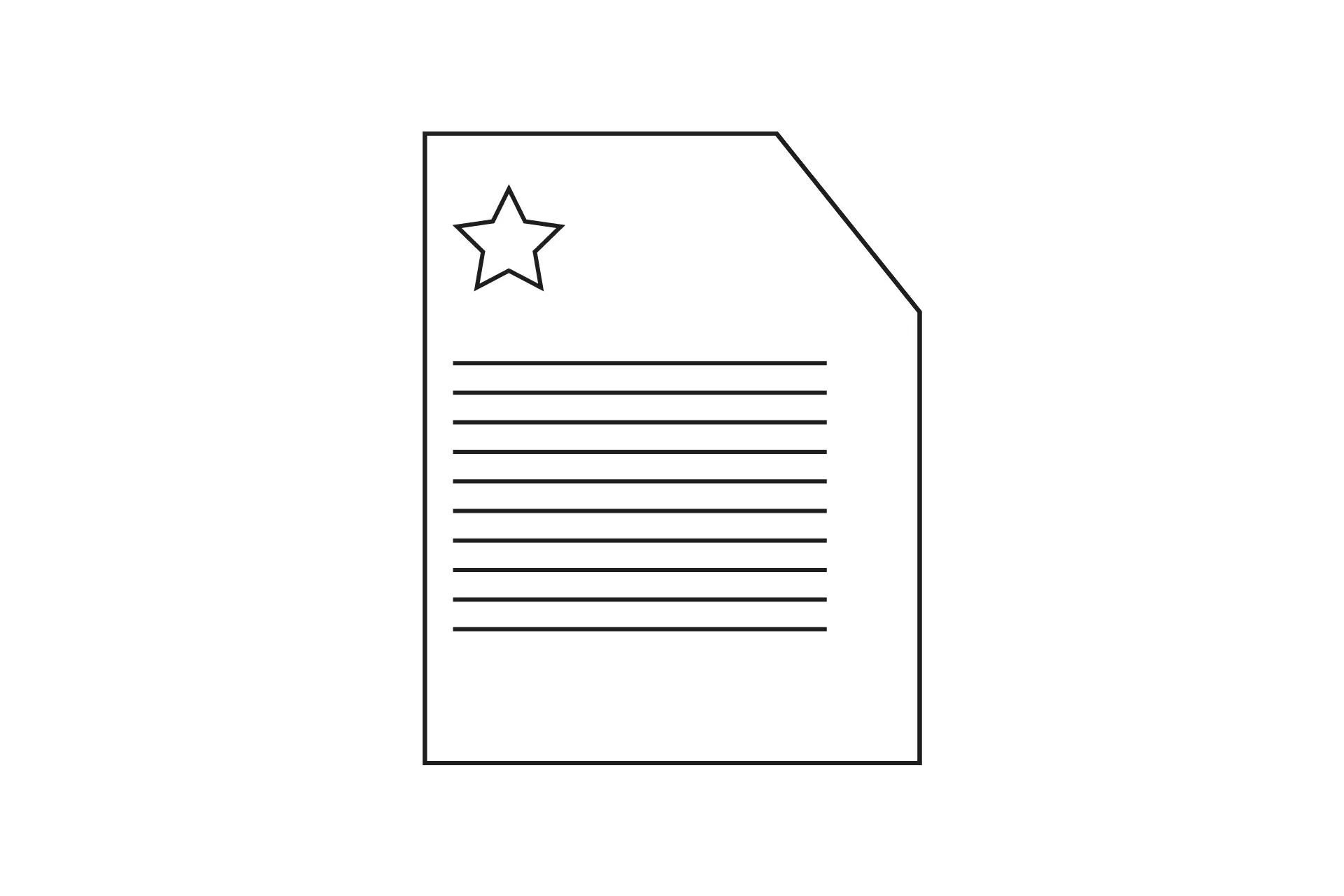
Hold a brainstorming session with relevant stakeholders of the initiative.
As part of this brainstorming session, use the insight statements and How Might We's to co-create an Affinity Map that puts all the ideas up on a board (i.e. a physical board or on a Figma FigJam) from which the team can vote on the best ideas.
At the conclusion of the session, bring together all of this documentation and ideas into a formal document for approval which would describe:
- The new features that should be developed.
- The features should be tweaked.
- The features that should be dropped.
- The changes in the tech stack that are being executed.
Please note that this document must include a "latest" or updated version of the existing artifacts and details mentioned in Step One.
Step Four: Redesign, Refine & Test

After receiving approval or approving the document, select the critical moments within the new initiative that you wish to validate and prototype and test them with the stakeholders.

delasign's process
As part of the process of prototyping and testing, you may discover that the definition wasn't quite right, at which point you may need to update the details and/or artifacts (i.e. those mentioned in Step One) that describe the initiative.
It is important that you do not proceed until you or the organization are confident and have a clarified, crystal clear definition of the work that has to be done and the impact that it has.
Step Five: Create a Go-To-Market Strategy
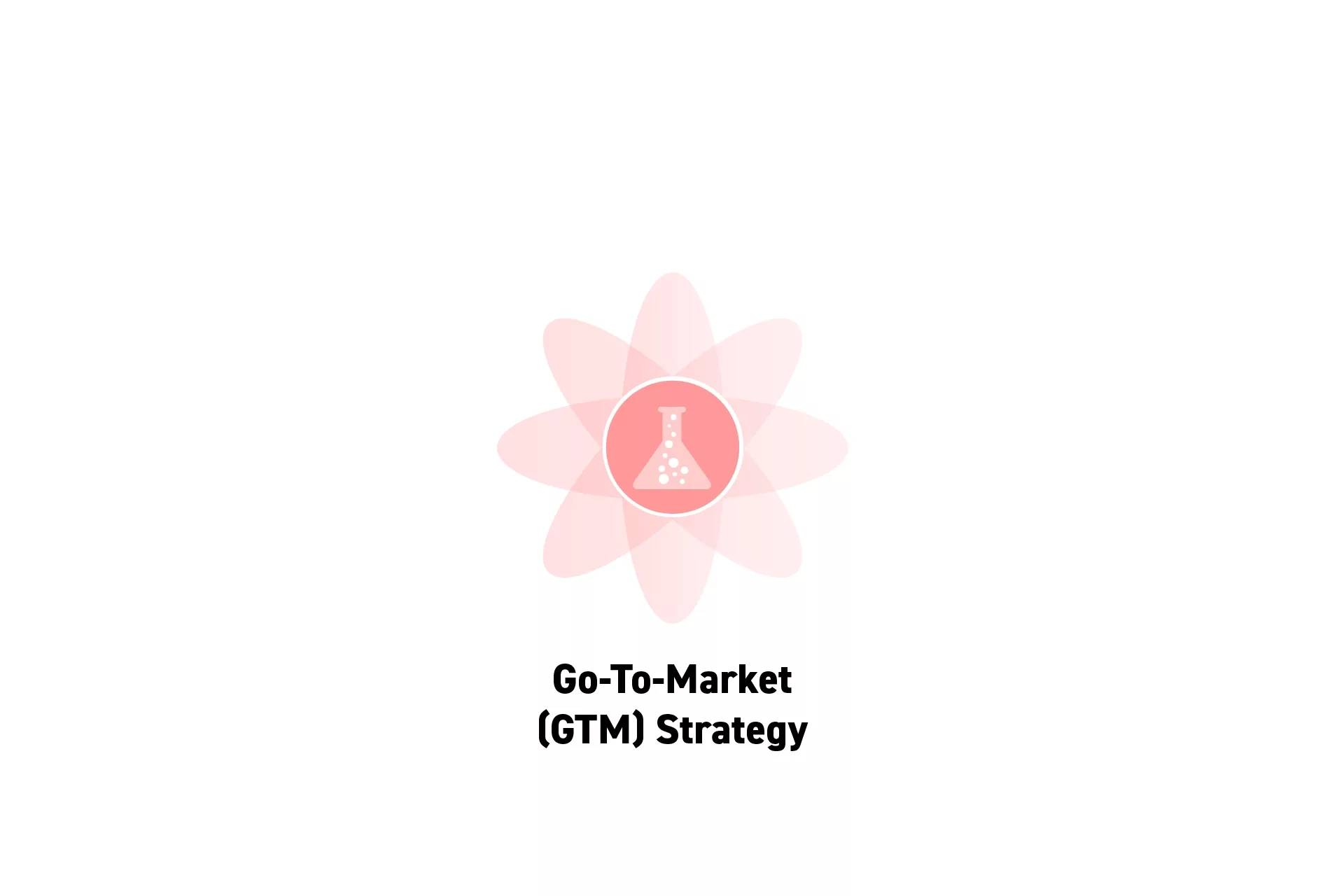
In the event that the initiative is public, create a go-to-market strategy that describes how you are going to reach the target audience, grow the customer base and generate a return on investment based on the added value and changes that you are delivering.
If your initiative is private, consider creating a plan of how you will notify the target audience and advertise the added value and changes.
Step Six: Plan out the team

Identify the members of the organization or contractors/agency/consultancy (i.e. third party) that you are going to work with along with the timeline and budget that you will put into the initiative.
Step Seven: Execute
Onboard the team through a Sprint 0.
Sprint 0s are intended for teams to come together to discover the project and develop a backlog and project skeleton. This methodology empowers teams to efficiently execute and deliver the initiative through an agile project management framework known as scrum.
Please note that most initiatives are not designed well from their inception and need to be refined as they are developed to make sure that they produce the right outcome.
This should be accounted for and may include updates to the technology systems map, service blueprint or the user experience map that often occur after a Sprint Review or a Backlog Grooming ceremony.
Step Eight: Launch
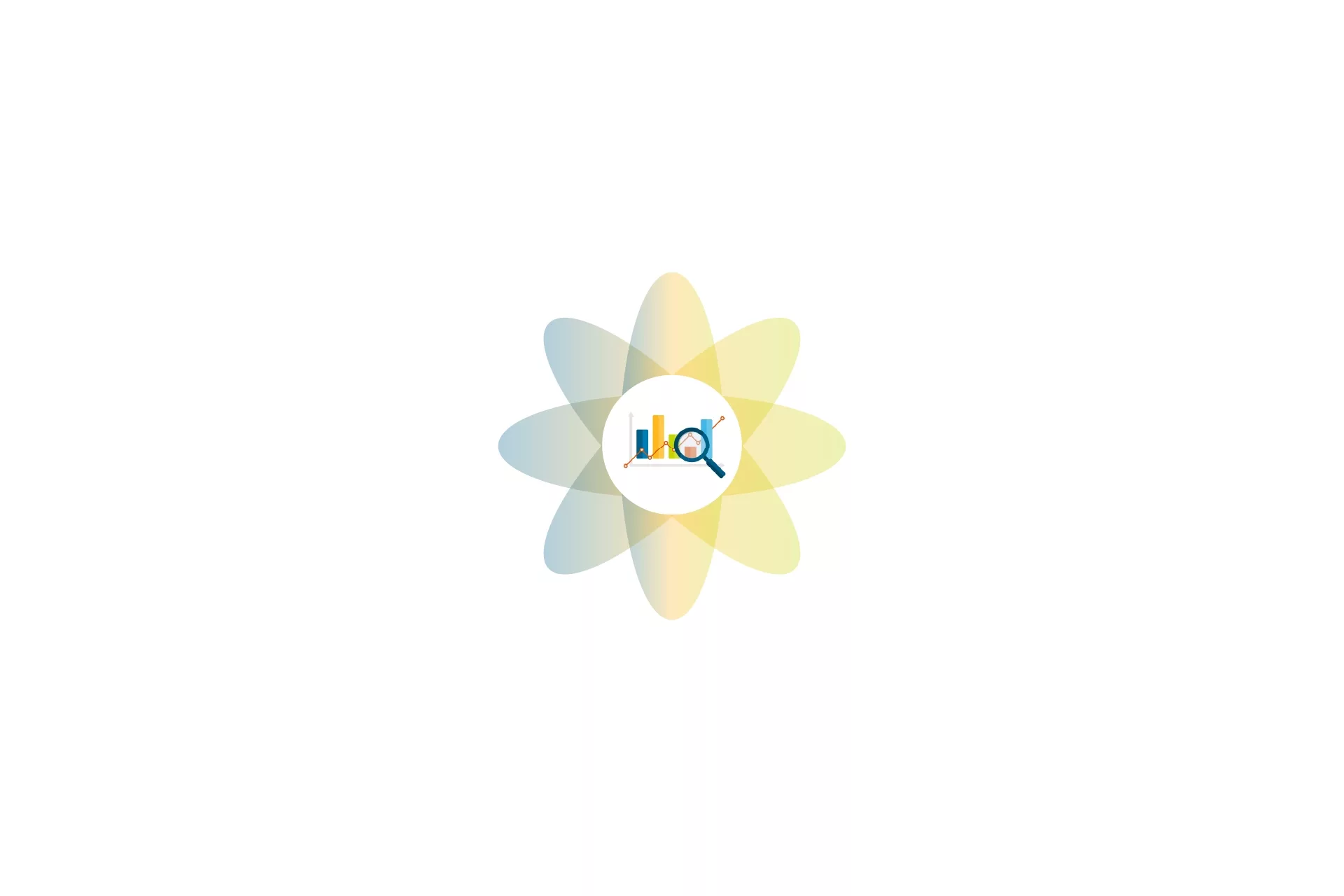
Launch the initiative and carefully measure and monitor its performance, as these metrics will reveal the secrets of what works, what needs to be changed or what should be removed.
Step Nine: Hypercare & Knowledge Transfer
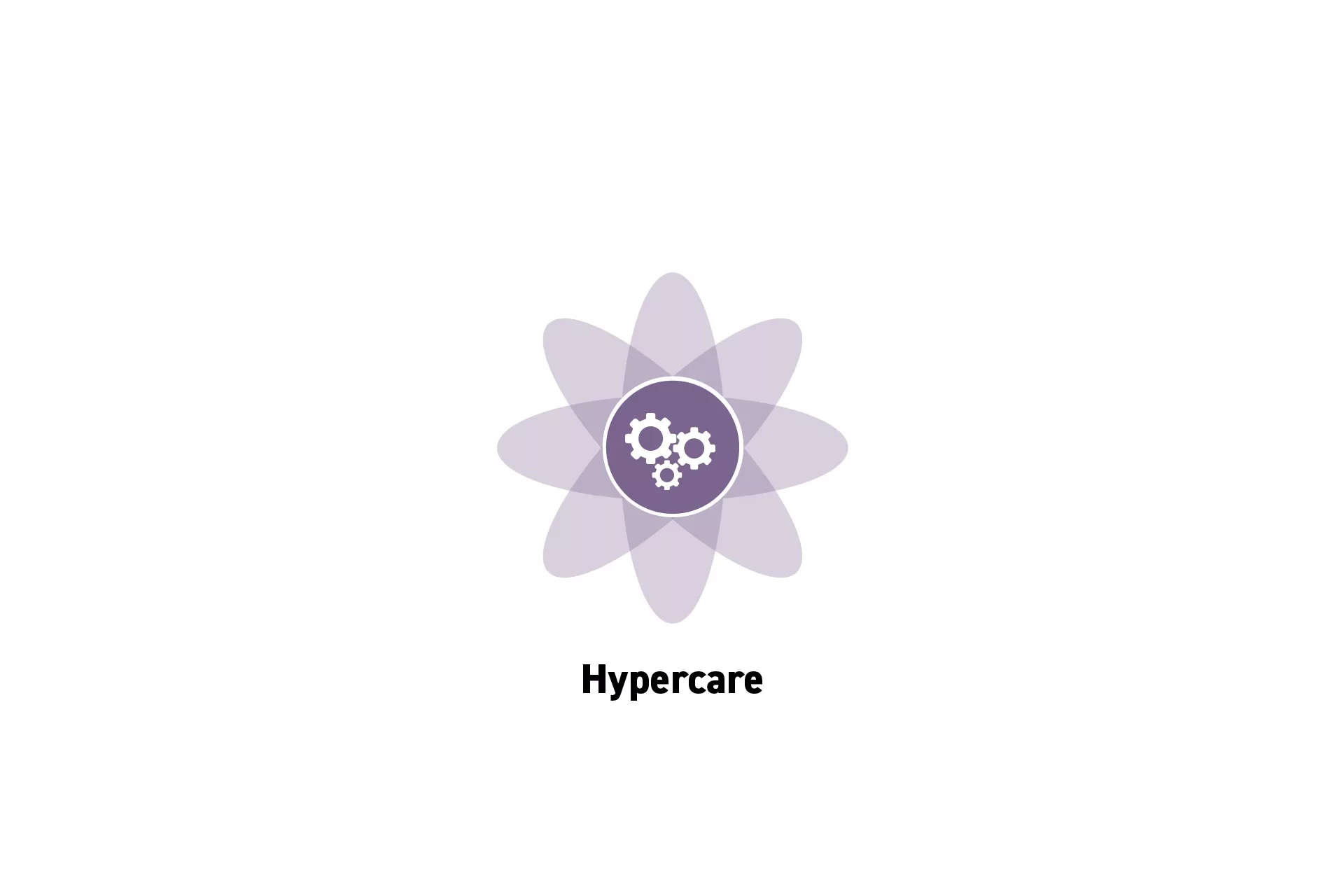
In the event that you chose to work with a third party, make sure to assign a period of 2-3 weeks at the end of the project where by:
- The agency or service provider is on call and is monitoring performance at all times to guarantee that everything goes smoothly (i.e. Hypercare).
- The agency or service provider educates an internal team on how the initiative has been built, how the initiative works and what's required to maintain it (i.e. Knowledge Transfer).
Looking to redesign, refine or rebuild an initiative?
We would love to get to know you and see how we can help your organization with its goals and needs.
Looking to learn more about Innovation, Project Management, Design, Technology and Strategy?
Search our blog to find educational content on innovation, project management, design, development and strategy.

